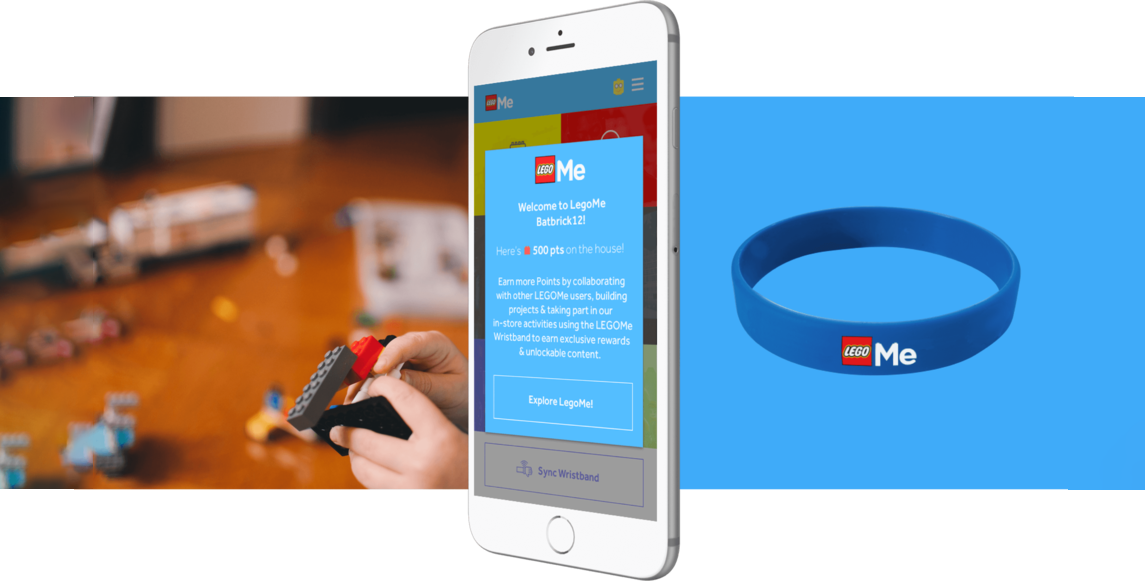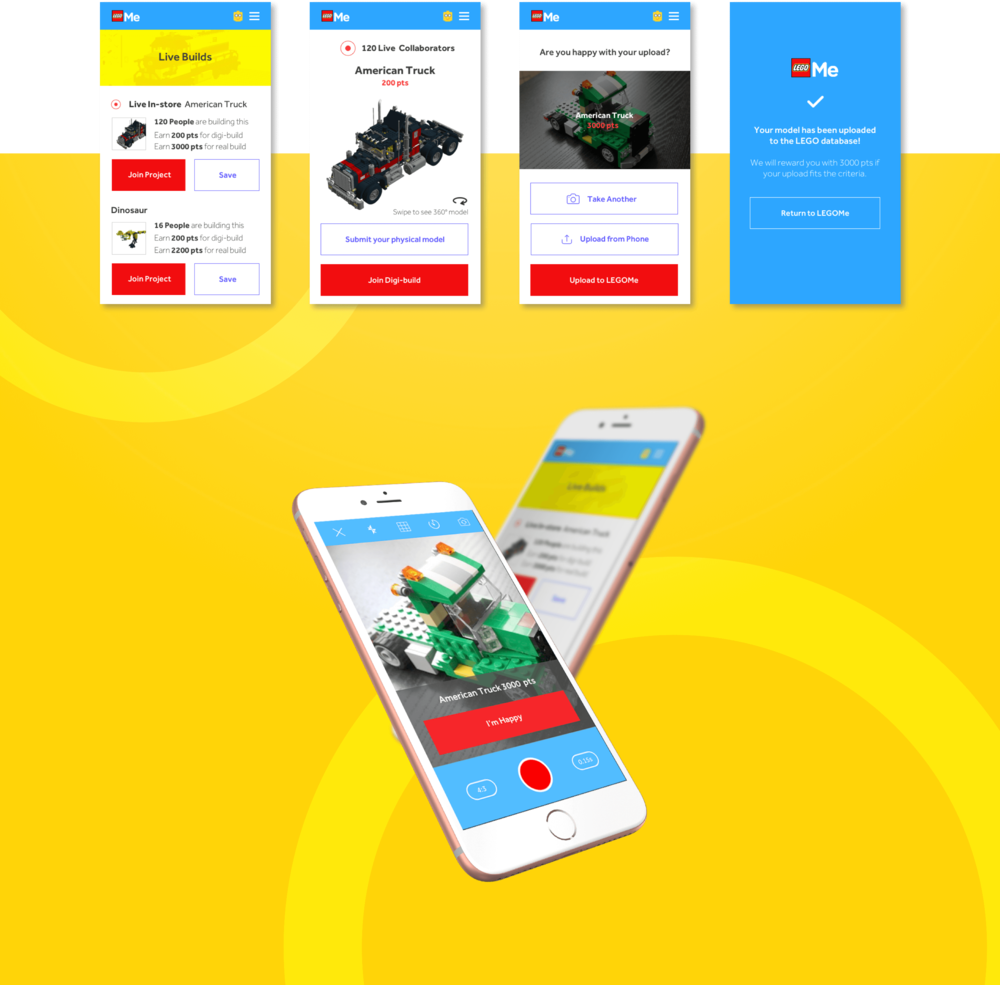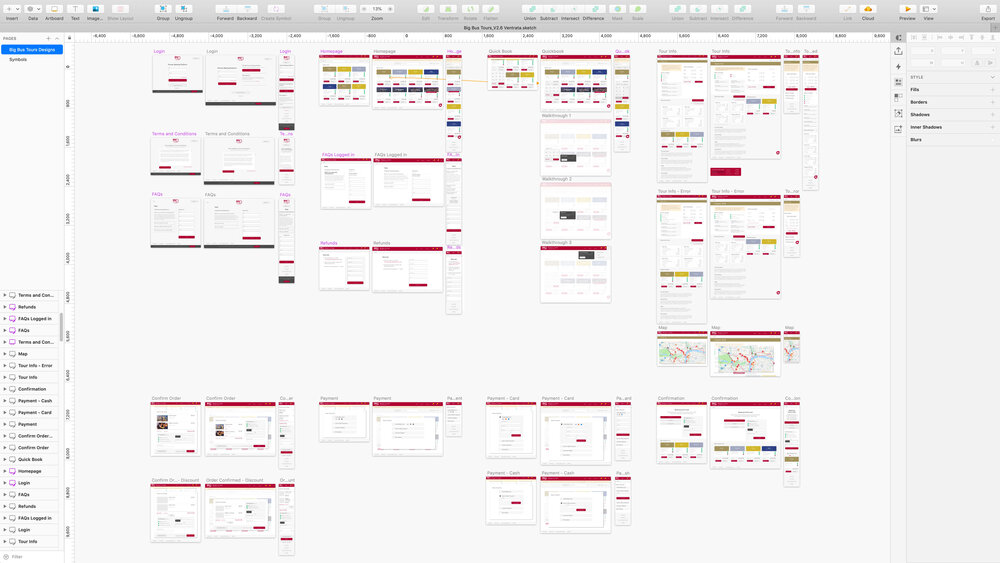Creating digital experiences that resonate with users is an intricate process that necessitates a profound understanding of the audience. This understanding encompasses several core components: personas, user experience (UX), pain points, need states, and journey mapping. While these terms are frequently mentioned in the context of digital design and marketing, the execution of strategies that genuinely address these aspects often starts with enthusiasm but often ends up being abbreviated or compromised.
The examples below underscore our user-centric approach. Plotting out journeys and discerning what works and what requires improvement is essential. By highlighting the deficiencies in existing experiences, this approach aids in identifying opportunities and insights that were previously overlooked.




Understanding Your Audience
The foundation of any successful digital experience lies in a profound understanding of your audience. "Knowing your audience at a granular level enables you to create a user experience that resonates on a personal level." This process involves identifying not only demographic information but also psychographic data such as interests, values, and behaviours. In many instances, behaviour can be contrary to the users' stated preferences; humans are complex and often contradict themselves. Cognitive dissonance, biases, and individual experiences must all be recognised, documented, and understood.
Personas
Developing personas is a strategic approach to encapsulate the diverse needs, goals, and observed behaviour patterns of your audience segments. These fictional characters serve as a vivid representation of your key user groups. We strongly recommend involving real data and insights from user research in persona creation to ensure they accurately reflect the audience.
User Experience (UX)
The UX encompasses all aspects of the end-user's interaction with the company, its services, and its products. The importance of designing products that address the user's needs and experiences in the most effective and satisfying manner. A well-crafted UX design is intuitive and seamless, reducing friction and enhancing user satisfaction.
Pain Points
Understanding user pain points is crucial. These are specific problems that prospective customers of your business are experiencing. Identifying and addressing these pain points is a key aspect of creating effective digital solutions. As per Harvard Business Review, solving for pain points means listening to your customers and making changes based on their feedback, which can lead to significant improvements in customer satisfaction and loyalty.
The images below detail our approach: once we have identified and understood the audience, we rapidly develop prototypes, test them with the audience, and validate via feedback loops.



Need States
Need states are the various conditions or circumstances that drive a consumer to seek a solution or a product. Recognising and addressing these need states can lead to the development of more targeted and effective marketing strategies and product features.
Journey Mapping
Journey mapping is a holistic visual representation of the entire experience of being a customer. By mapping out every touchpoint between the customer and the business, organisations can gain insights into every aspect of the customer's experience, from initial awareness to post-purchase. This method allows companies to identify gaps in the customer experience that may need improvement. Journey mapping is instrumental in making the customer's path as rewarding as possible.
Best Practices
Despite the prevalence of these concepts in discussions around digital experience, the challenge remains in fully implementing these strategies without shortcuts. The key to success lies in maintaining the integrity of these processes throughout the project lifecycle. This includes:
- Continuous user research to validate personas and understand changing user needs.
- Iterative UX design processes that incorporate user feedback.
- Regularly revisiting pain points and need states to ensure they are being adequately addressed.
- Updating journey maps to reflect the current state of the user experience.
In essence, building digital experiences that truly resonate with users requires a commitment to these fundamental components. It demands a shift from merely using these terms as buzzwords to integrating them as core principles in the design and development process. By doing so, businesses can create digital experiences that are not only effective but also deeply meaningful to their users.
